If love is truly a verb,
if help is a verb,
if forgiveness is a verb,
if kindness is a verb,
then you can do something about it.
- Betty Eadie
I am ready to put the writing down again for a little while. I have said what I feel I have to offer to you around surviving COVID-19. I hope that I have persuaded you that doing some inner work during this quiet time will help us all create a new outer world when it is over. We’re going to need every ounce of positive light, energy, and creativity to rebuild our lives around this virus and move forward. We’re going to experience frequent pauses until a vaccine is created. And that’s good. We can watch the earth recover. We can make a new commitment to taking care of her as well as of ourselves, if we choose to speak up and do so.
|
By using the tools of Alexander Technique, we can help our bodies stay grounded, focused and open to whatever comes our way. We can allow ourselves to have freedom in our necks and heads that spreads quietly through the entire body. We can free ourselves from the physical collapse that trauma brings.
|
|
The four key verbs in today’s quote are love, help, forgiveness, and kindness. We’re going to need all of them going forward. Which one is your superpower? Which one are you going to “do something about?” Can you start that now?
I have given you tastes of what the Alexander Technique work is like through the exercises attached to each of these blogs. Today I’ve indexed them by type so you can find them all in one, quick place. Each has a link back to the original blog post where it appears at the end. |
If you’ve enjoyed this series, I’d love to hear from you. It’s an odd feeling sending your thoughts out into the ether without knowing what people’s reactions to it are. I greatly appreciate comments on my website, likes on the posts, and those of you who send me personal notes of thanks. And if you disagree with me, it's good to hear that, too.
When there’s something new to add, I’ll write a post. In the meanwhile, enjoy the spring. Above all, be well.
Robbin
Now that we are at the end of the series, here’s an index of all the Alexander Technique inspired exercises we covered over the last 20 weekdays. I’ve put them into categories by type of activity, and each one has a hyperlink to the blog where it originally appeared.
Classic Alexander Technique Non-Activities:
Constructive Rest
Free Your Neck
“Do Less”
Awareness
Early Morning Awareness
Staying with your Feelings
Circuit of Support
Finding Ground
Awareness in Activity
Allowing Vulnerability, listen to your heartbeat
The CyCle
Pause (Inhibition):
Practice the Pause
Ball Games
Direction:
Choose Your Response
Think UP!
From Seed to Plant
Grounding
Finding Ground
Constructive Rest
Allowing Vulnerability, listen to your heartbeat
Self-Care
The CyCle
Letter to Yourself
Radical Self Care
“Do Less”
Brushing Your Aura
Emotional Support
Make a gratitude list
Radical Self Care
Brushing Your Aura
From Seed to Plant
Staying with your Feelings
Letter to Yourself
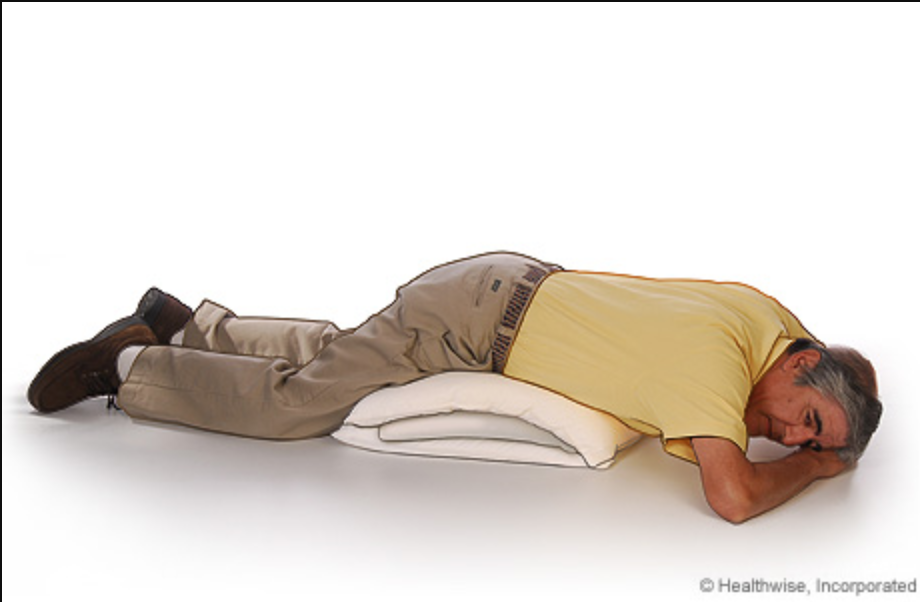

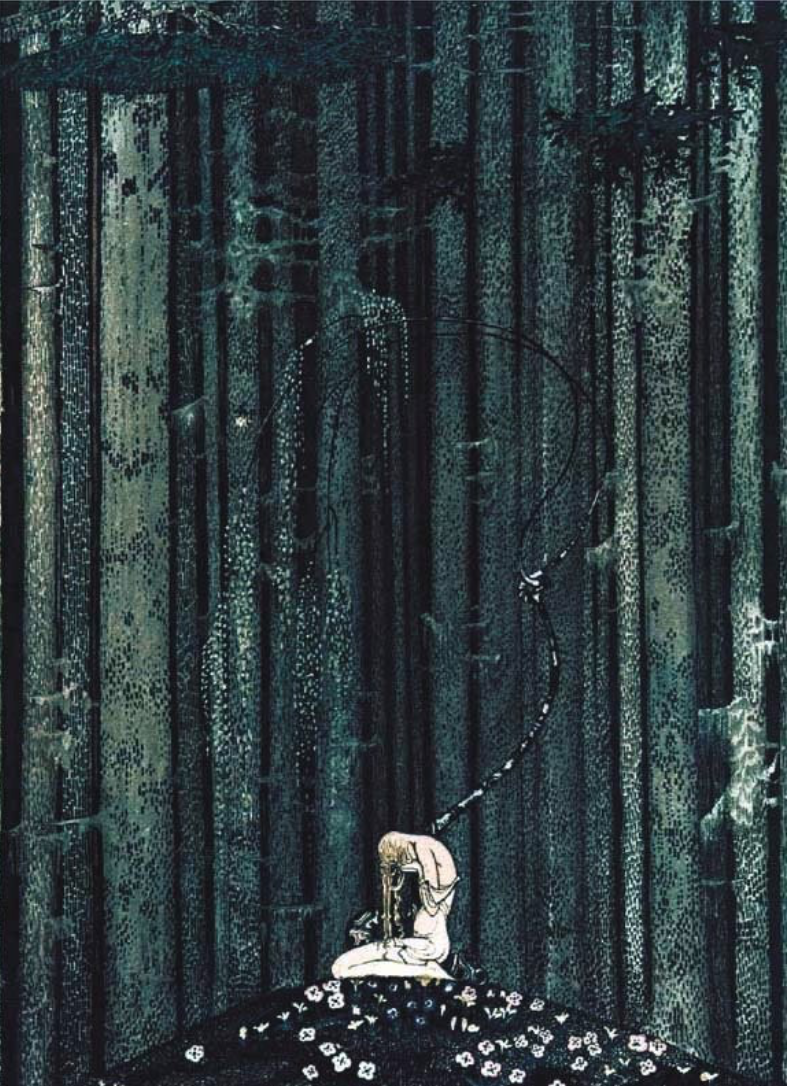
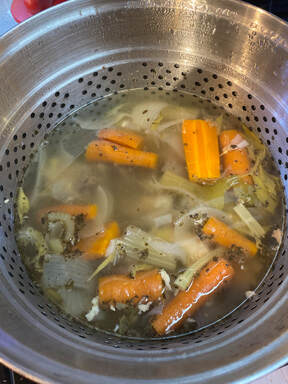

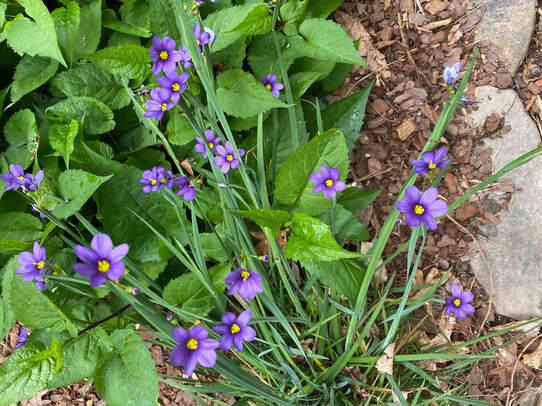
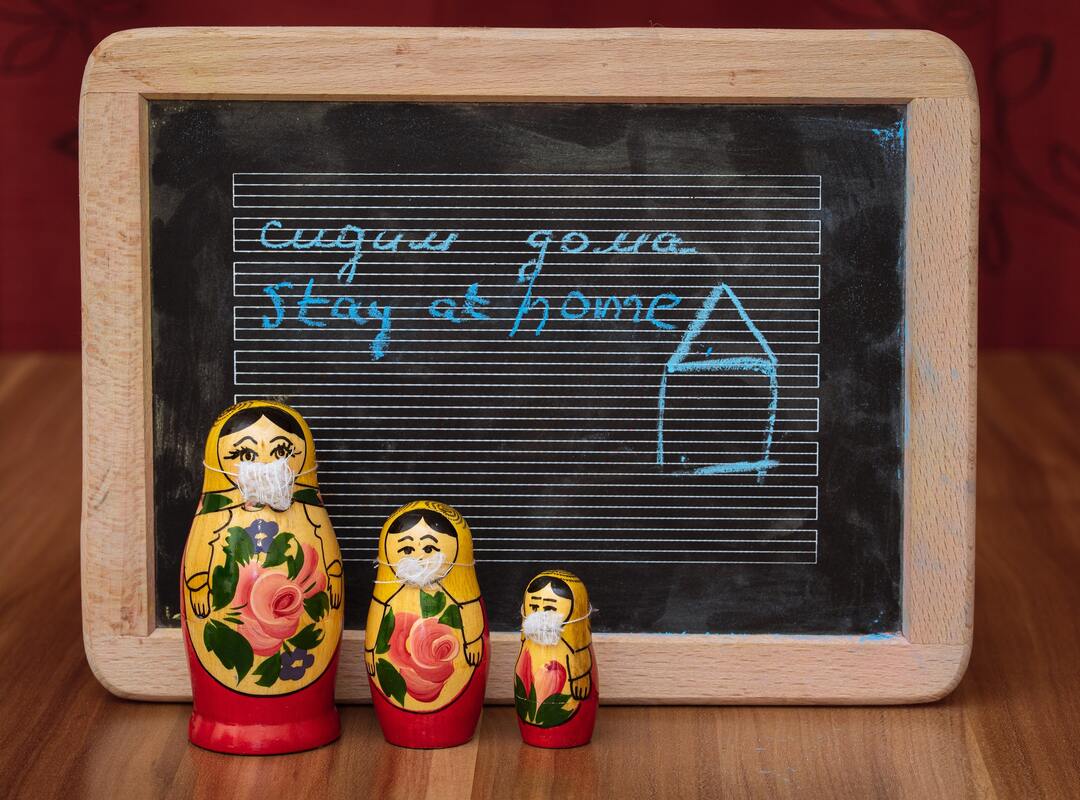
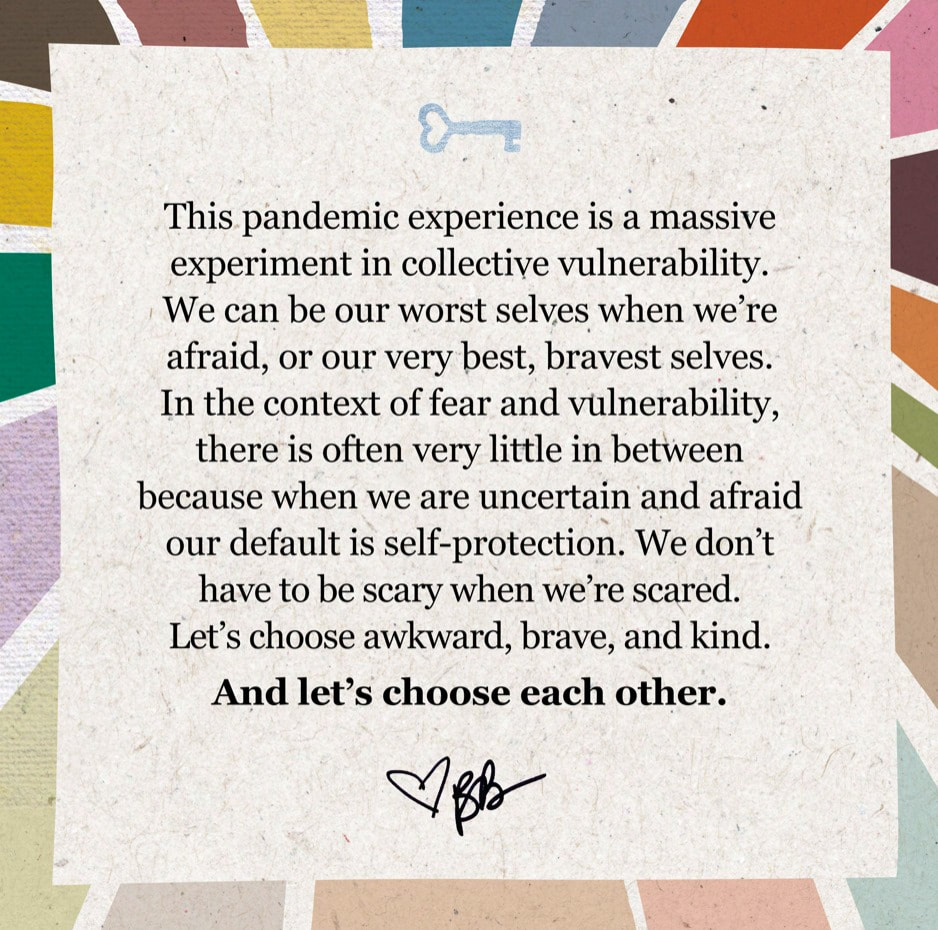
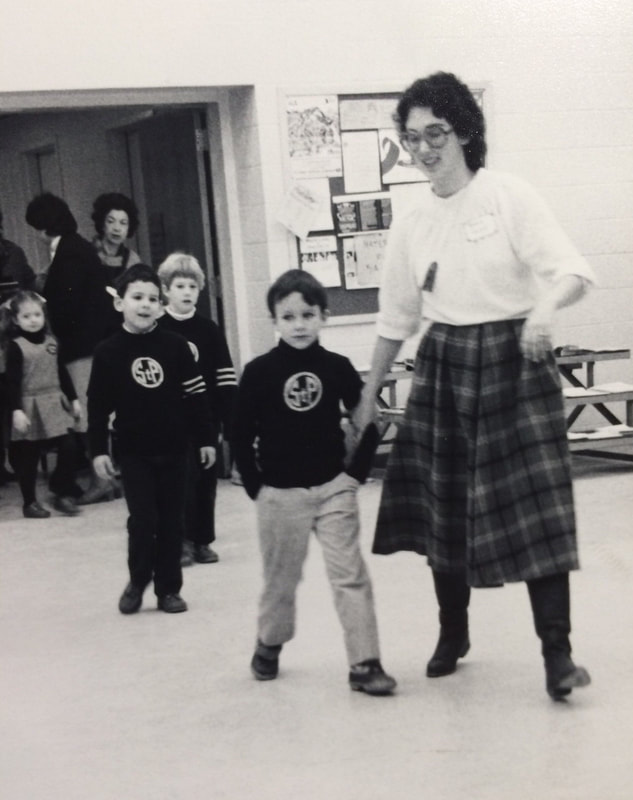
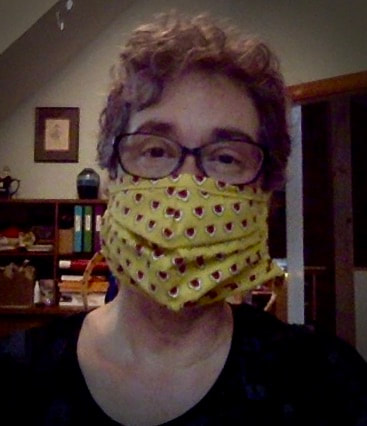
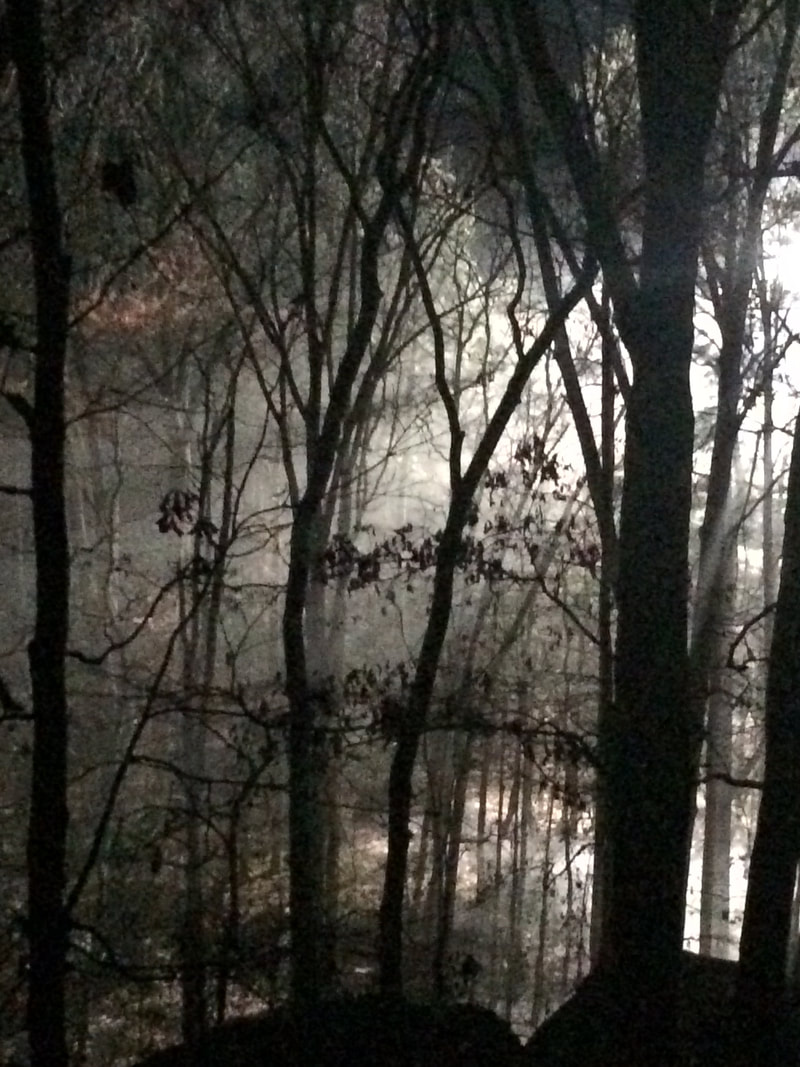
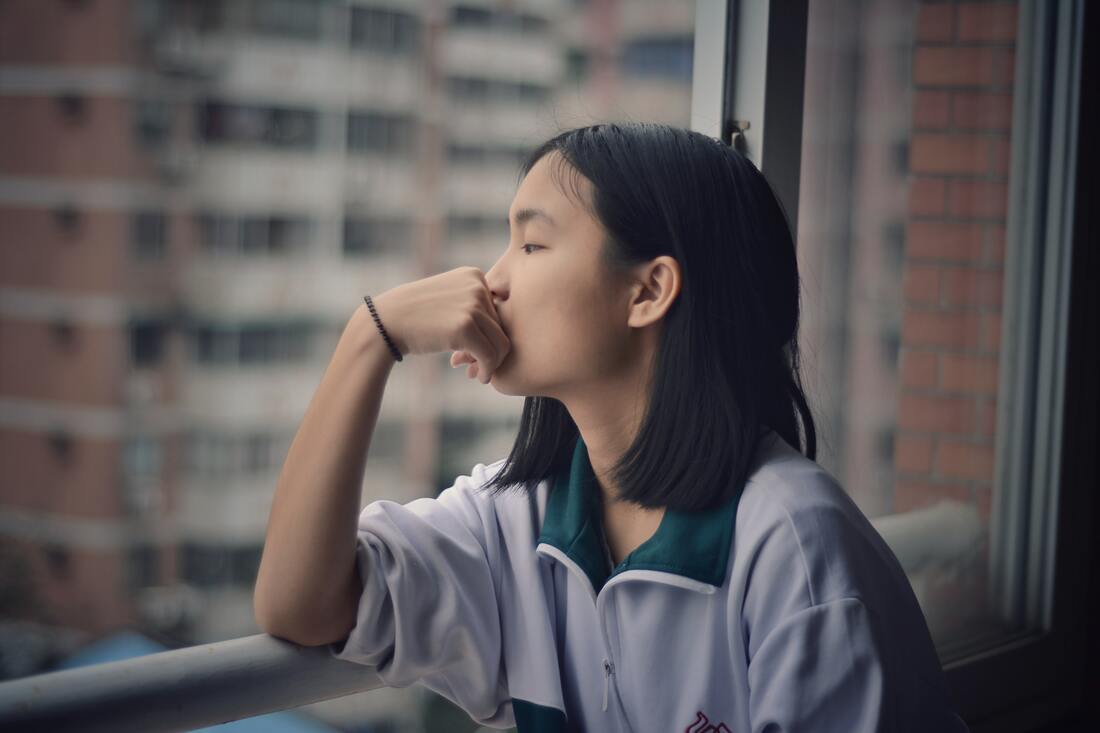
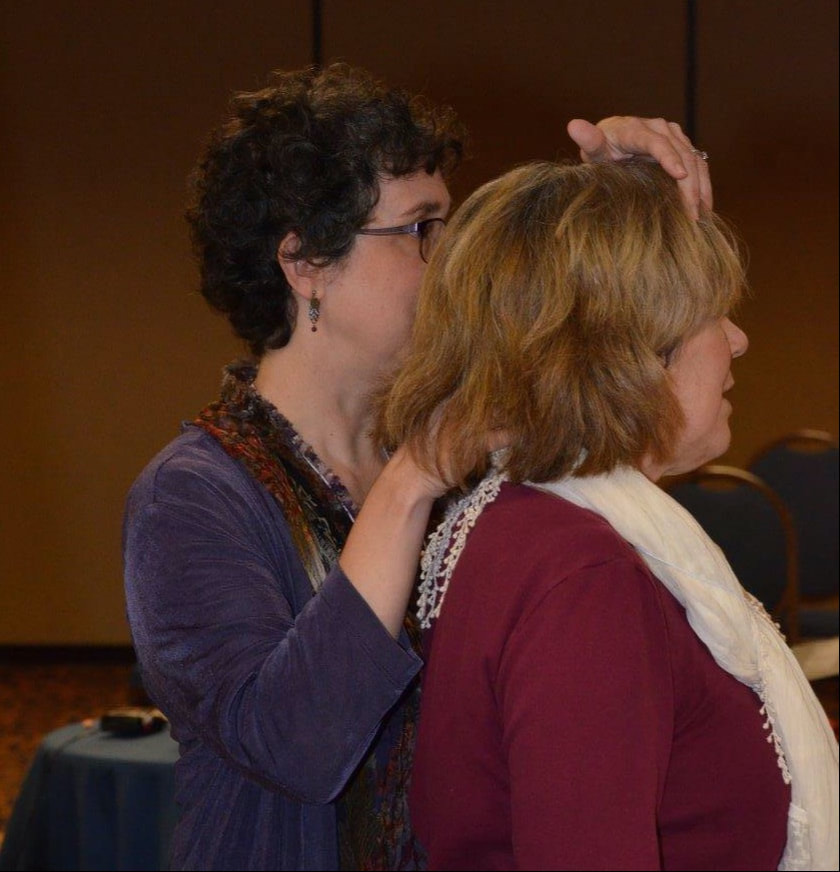
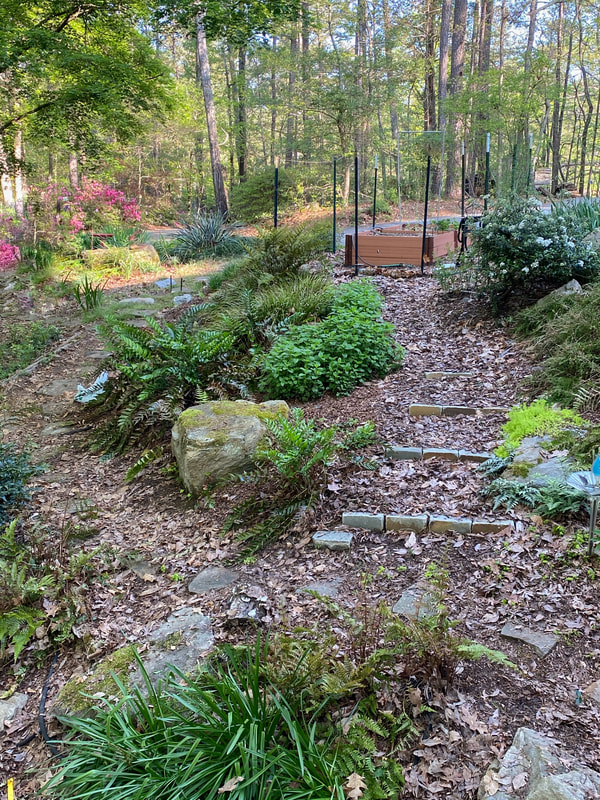
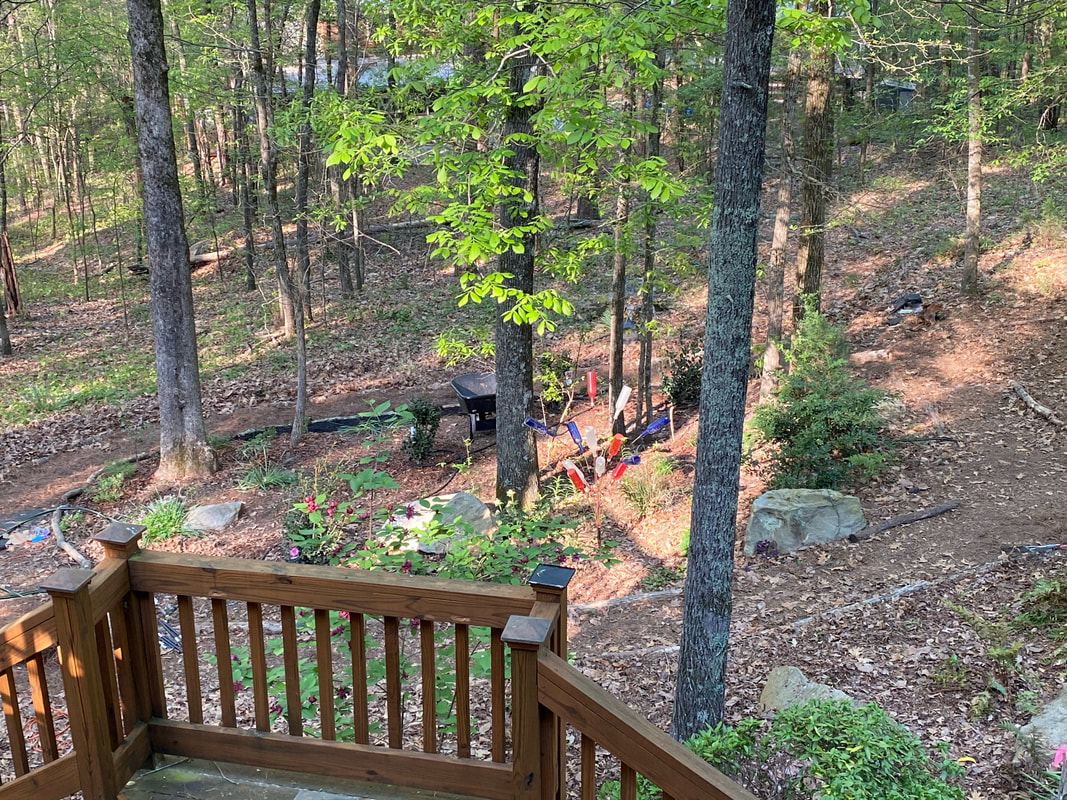
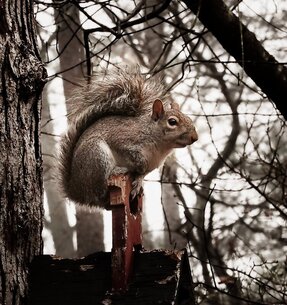
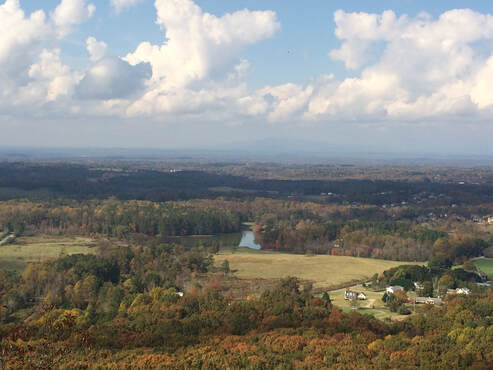
 RSS Feed
RSS Feed